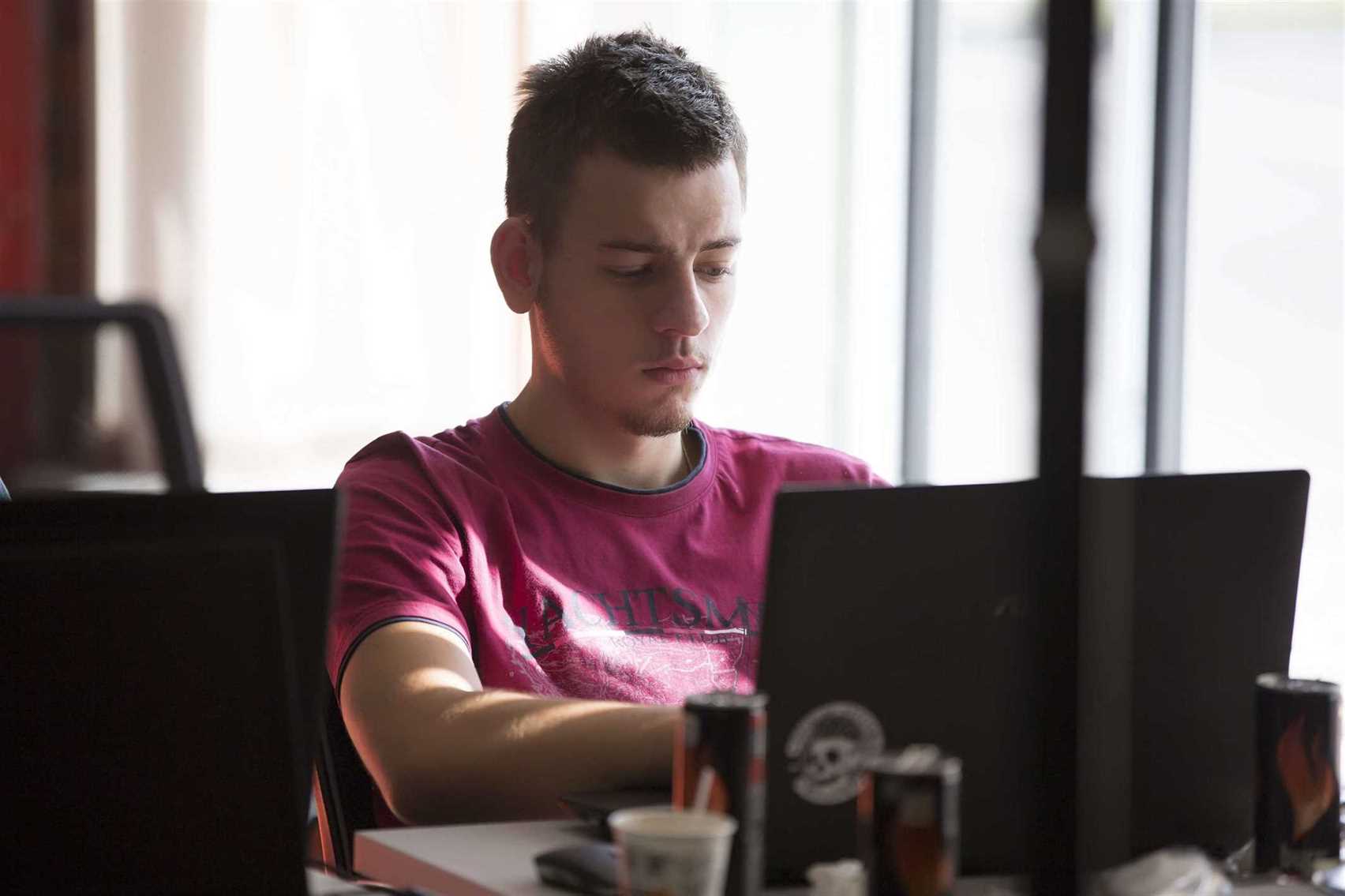The teams do not necessarily pass through the above mentioned stages and stay in the stage reached but keep moving back and forth. The various factors, such as, new member(s) join and current members leave, new tasks are assigned, the leadership changes etc keep the teams moving back https://www.globalcloudteam.com/ and forth among various stages. Lencioni has described five dysfunctions of team, discussing why teams, even the best ones, often struggle.(24) The first dysfunction he describes is “absence of trust”. Without trust neither the team can be formed nor can they achieve results.

Some group members may feel that the forming stage prevents the team from working, but the main objective of orientation is to become familiar with other team members and their strengths rather than focusing on work. Comparatively, the orientation stage of group development is similar to a first day on the job or the first day of school. This paper became the groundwork for the stages of group development. Tuckman’s foundation helps team leaders understand how team dynamics change as a project progresses.
Clearly set expectations for communication
For the team leader, this can be challenging – and requires a deft touch. The team leader may also find that key skills are missing, or that people aren’t committed to being on the team. After a group has completed their task they must dissolve and disband from both the task and group members. The storming stage is where conflict and competition are at its greatest because group members feel confident and begin to address some of the more important issues surrounding the group.
- While originally things had been going according to plan, roadblocks crop up during this stage.
- Transitioning from Storming to Norming can be a difficult endeavor for many Agile teams, but once the shift is made, the focus becomes empowerment and implementation.
- A team may also need to return to an earlier stage if its performance declines.
- Frequent and regular team retrospectives are great for discussing and resolving issues at this stage.
- S/he should provide tools and tips to the team for effective communication and conflict management.
- Share a link to these meeting notes afterwards so that everyone has access and can review it later.
In the performing stage, teams are in sync and work more efficiently together than at any previous stage. Teams that have been working closely for some time have resolved enough issues to understand what success looks like for them. For example, success can be anything from higher customer acquisition to a positive shift in the metrics they’re tracking. When teams work in the same space, it’s easy to see what everyone’s doing.
Challenging Beginnings: A Journey from Turbulence to Success in Tech Leadership
During the Forming stage of team development, team members are usually excited to be part of the team and eager about the work ahead. Members often have high positive expectations for the team experience. At the same time, they may also feel some anxiety, wondering how they will fit in to the team and if their performance will measure up.

They know and rely on each other’s strengths and can work together to achieve ambitious goals and meet deadlines. During the Norming stage, the team gradually optimises how it works. If the team doesn’t have some form of the continuous improvement process, such improvements happen organically, but if it does — they progress faster. Managers need to recognise each achievement the team makes at this stage, no matter how small or large.
Keep Your Teamwork Transparent And Dreamy
Their focus may shift from the tasks at hand to feelings of frustration or anger with the team’s progress or process. Members may express concerns about being unable to meet the team’s goals. During the Storming stage, members are trying to see how the team will respond to differences and how it will handle conflict.

At the Performing stage, managers should keep encouraging team decision-making and problem solving as the team members have the knowledge, experience, and trust in each other. As the team becomes increasingly self-sufficient, its managers can gradually delegate their responsibilities to the team members to give them more opportunities for growth and free more time for strategic tasks. Later Tuckman added another and final stage of group development which involves dissolution.
Stage 2: Storming Into Authentic Connections
Since people generally want to be accepted by others, during this period they usually avoid conflict and disagreement. Team members may begin to work on their tasks independently, not yet focused on their relationships with fellow team members. Any time groups evolve or new leadership walks through the door, teams can feel insecure and relive one or more of these stages. By implementing these techniques with your team, you can support your team’s growth and development, helping them maintain a strong Agile methodology and culture.
First days at new jobs, first assignments with new bosses—the forming stage of teamwork is all about first meetings and first impressions. Depending on the personalities and experiences of its members, a team may be able to absorb new elements with less (or more) friction. Teams can move forward and backward in the group development cycle, and even remain stranded in a less developed stage (yikes!). Motivators would increase job satisfaction while the hygiene factors would reduce job dissatisfaction.
Storm To Perform: The 4 Stages Of Team Productivity
This stage is the time to create a team structure to stabilize the team throughout its development. The structure could give roles to certain individuals or rule for all members to follow, but it should provide a basic outline for how the team will function. The leader should guide the members through the process of getting to know one another and should motivate members to reach the team goals. The individual strengths each member brings establishes a sense of teamwork, as everybody plays a part. If you notice a few team members not participating, the easiest thing to do is to prompt them for their thoughts and ideas. The team meets and learns about the opportunities and challenges, and then agrees on goals and begins to tackle the tasks.
Some call this stage ‘mourning’ to symbolize the sense of loss that some group members feel during this regressive stage of group development. The act of recognizing the completion of a goal and consciously moving on can be challenging for some. The second stage of group development is known as the storming stage. The storming stage is where conflict and competition are at its greatest. Such issues can relate to things like the group’s tasks, individual roles and responsibilities or even with the group members themselves.
Adjourning / Mourning
During the forming phase, the group objectives are established and roles are delegated to team members. Building a team from the ground up comes with its own challenges and rewards, but knowing how it will develop can help you navigate the process. Tuckman’s 4 stages of team development provide a framework to help you understand your team and more effectively reach your goals. Behaviors during the Storming stage may be less polite than during the four stages of group development Forming stage, with frustration or disagreements about goals, expectations, roles and responsibilities being openly expressed. Members may express frustration about constraints that slow their individual or the team’s progress; this frustration might be directed towards other members of the team, the team leadership or the team’s sponsor. During the Storming stage, team members may argue or become critical of the team’s original mission or goals.
